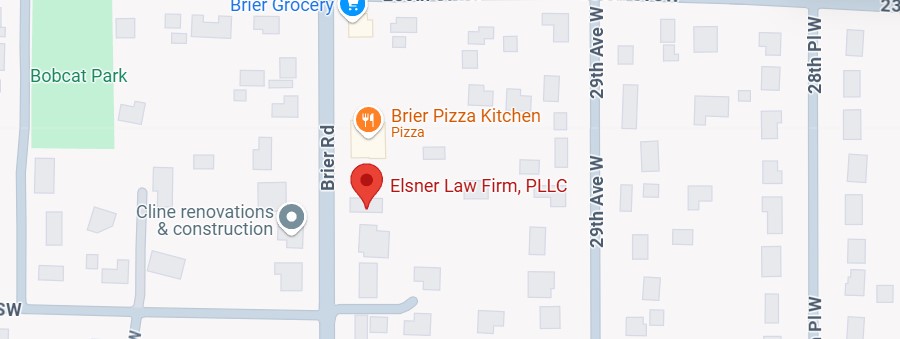Tesla Autopilot: Examining Self-Driving Safety Concerns
The first reported death involving a self-driving Tesla occurred in Florida on May 7, 2016. According to news reports, a tractor truck driver turned in front of the Tesla and due to the bright white truck and the blinding sun, the Tesla computers were unable to avoid colliding with the truck. Why this case is so significant is because it is the first reported death involving the Tesla’s auto-drive. While it appears that the truck driver was at fault, it raises a lot of questions of how the public will perceive the liability if drivers using cars with self-driving capabilities and how that will then impact injured people and their families.
Not only is there the question of liability on the part of the drivers that cause collisions, but in the Florida case, for example, it raises questions of contributory negligence. Contributory negligence is when your actions contribute to the collision. This case makes us ask what would have been the result if the Tesla driver wasn’t using the auto-drive. Would he have been able to avoid the truck? What was he doing right before the collision? Was he doing something besides paying attention to what the car was doing? Since the driver died we will likely never know what he was doing immediately before the collision and whether he could have somehow avoided the collision.
At the end of the day whether we have self-driving cars, or driver assisted cars it cannot overcome driver error. The combination of weather and road conditions on top of the negligent truck driver created a perfect storm situation that current technology couldn’t avoid. That same situation could play out all over the world even with the most sophisticated vehicles. Be safe out there!






